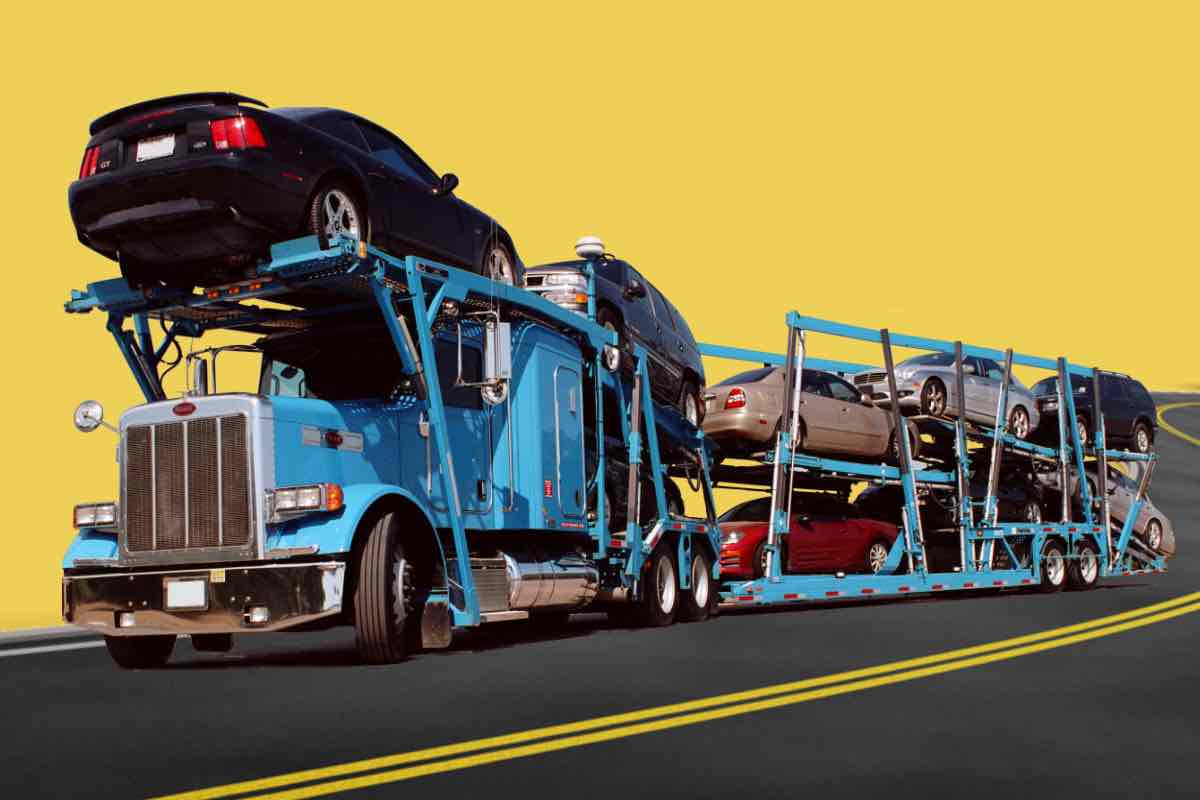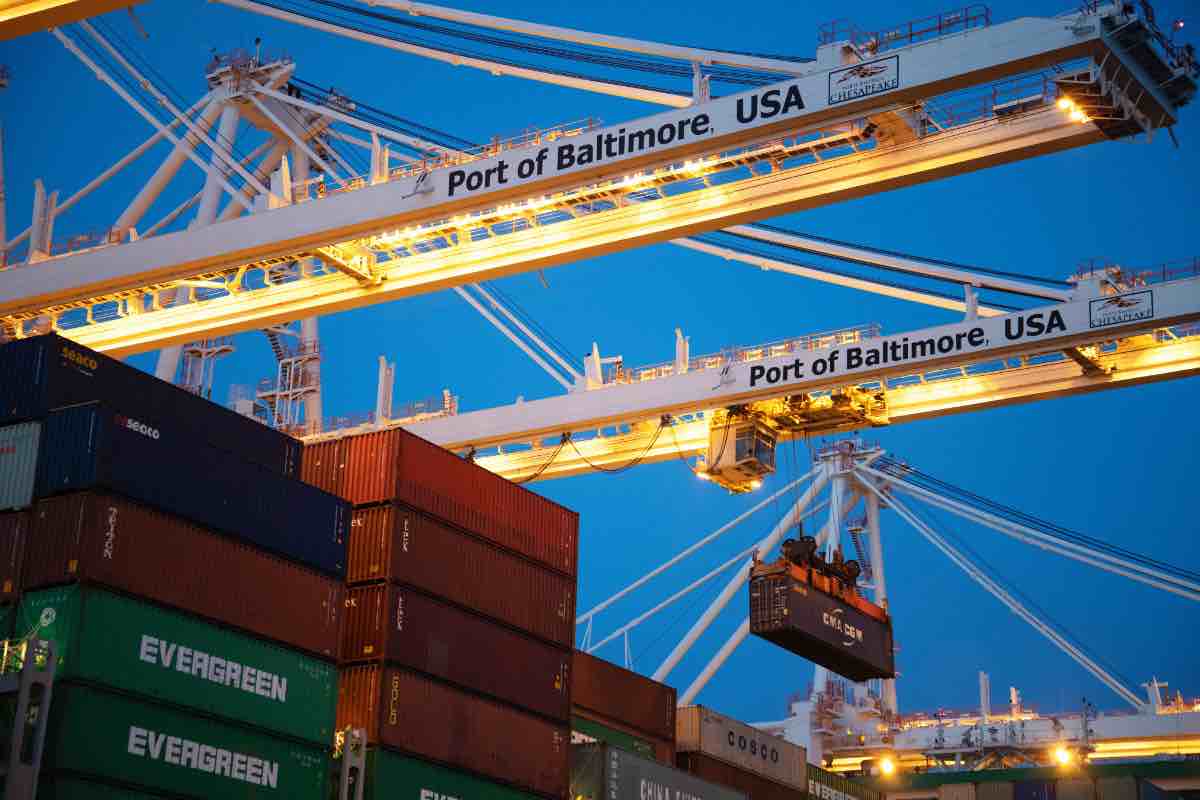The transportation of Recreational Vehicles (RVs) and Heavy Equipment within the United States requires careful consideration and strategic planning. Whether you are a dealer, manufacturer, or an individual looking to transport your valuable assets, understanding the factors influencing pricing in this specialized industry is essential.
1. Categorization of your Vehicle:
Categorizing your vehicle is the first step in your journey.
Recreational Vehicles (RVs) can be divided into two main categories:
-
Towable RV’s: ‘5th Wheel RV’s’ and ‘goose neck’ type vehicles are, in general, cheaper to transport due to a fact that these kind of RV’s can easily be towed with a truck.
-
Motorized RV’s: These are self-propelled vehicles, like motorhomes, which have to be loaded onto a trailer and then transported rather than towed. Due to the fact that they take a lot of room on the trailer, and due to their weight, these vehicles would generally cost more to transport.
Heavy Equipment do not have precise categorizations:
- The term ‘Heavy Equipment’ refers to anything from a tractor to a caboose wagon, and to non-standard vehicles such as machines. Examples of the ‘machine’ category are bulldozers, excavators etc.
- When it comes to pricing, dimensions of the vehicle will always dictate how much you will have to spend to ship it from point A to point B.
- Flat beds (for smaller, lighter units such as tractors) and ‘lowboys’ or ‘RGNs’ are the most common methods for transporting the heavier and bigger units.
2. Understanding the Market Dynamics:
Before delving into the specifics of pricing, it is crucial to grasp the market dynamics that influence the cost of shipping RVs and heavy equipment. Factors such as fuel prices, supply-demand fluctuations, regulatory changes, and the type of equipment being transported all play a pivotal role in determining shipping costs.
3. Shipping Methods and Services:
RV and heavy equipment shipping can be executed through various methods, each with its own pricing structure. Common methods include open-air transport, enclosed transport, and flatbed transport. Additionally, specialized services such as expedited shipping, door-to-door delivery, and white-glove handling can impact the overall cost.
4. Dimensions and Weight:
The size and weight of the RV or heavy equipment significantly influence shipping costs. Carriers charge based on dimensions and weight due to the impact on fuel consumption, equipment required, and the space occupied on the transport vehicle. Accurate measurements are crucial for obtaining precise quotes.
5. Distance and Route:
The geographical distance and the route chosen for transportation are pivotal factors in pricing. Shipping from coast to coast will inevitably cost more than a shorter distance. Additionally, the terrain and accessibility of routes can affect the overall cost, especially for heavy equipment that may require specialized handling.
6. Seasonal Considerations:
The shipping industry experiences seasonal fluctuations that can impact pricing. Demand for RVs and heavy equipment shipping may increase during peak seasons, affecting both availability and costs. Planning ahead and considering off-peak times can contribute to cost savings.
7. Insurance and Liability:
Ensuring the safety and security of your valuable assets during transportation is paramount. Insurance coverage and liability considerations are integral aspects of pricing. Understanding the insurance options available and their associated costs is crucial for protecting your investment.
8. Documentation and Compliance:
Compliance with federal and state regulations is non-negotiable in the shipping industry. Proper documentation, permits, and adherence to regulations can influence pricing. Working with carriers that prioritize compliance helps mitigate risks and ensures a smoother shipping process.
How to Move Heavy Vehicles?
- The height of your Heavy Vehicle can result in additional cost due to the permits that might need to be obtained. Legal height without the need for getting a permit is up to 13.5 feet. If the height of the unit that is being transported is between 13.5 feet and 15.5 feet, you would need to obtain the permits for all the States through which the vehicle will be transported. An escort or “Pilot car” would also have to be arranged. If the transported unit is taller than 15.5 feet, police escort is required for all the States through which this vehicle would be transported.
How to Move Recreational Vehicles (RV’s)?
Within the US, there are three main methods of RV & Trailer transport services:
- RV Towing
With this method, your RV or trailer is attached to the back of the transporter and towed to it’s requested destination.
- RV Hauling
The RV or trailer is loaded onto a ‘lowboy’ or ‘flatbed’ and is then transported to your desired location
This is the preferred method is the RV or trailer cannot operate or is not able to be towed.
Dealerships use ‘step deck hauling’ to transport lightweight RV’s across the country.
- Drive-Away Shipping
This is the standard method utilized for RV shipping. This involves hiring a professional driver to manually drive your RV from your pick-up location to your drop-off location. Pricing for this option is, unfortunately, not suitable for every budget.
Note:
- You can tow or haul RVs that are within 25 meter length and 14 feet high, but beyond this length you need particular logistics and transport vehicles to ship them. Talk to your Auto Shipping Advisor to ensure your vehicle shipment is assessed correctly.
In conclusion:
- Pricing RV and Heavy Equipment shipping within US borders is a multifaceted process that demands careful consideration of various factors. By understanding market dynamics, choosing the right shipping method, accurately measuring dimensions, accounting for distance and route, considering seasonal fluctuations, prioritizing insurance, and ensuring compliance, stakeholders can navigate the pricing landscape very effectively. Collaborating with experienced and reputable shipping partners is key to a successful and cost-effective transportation process for your RVs and heavy equipment.












